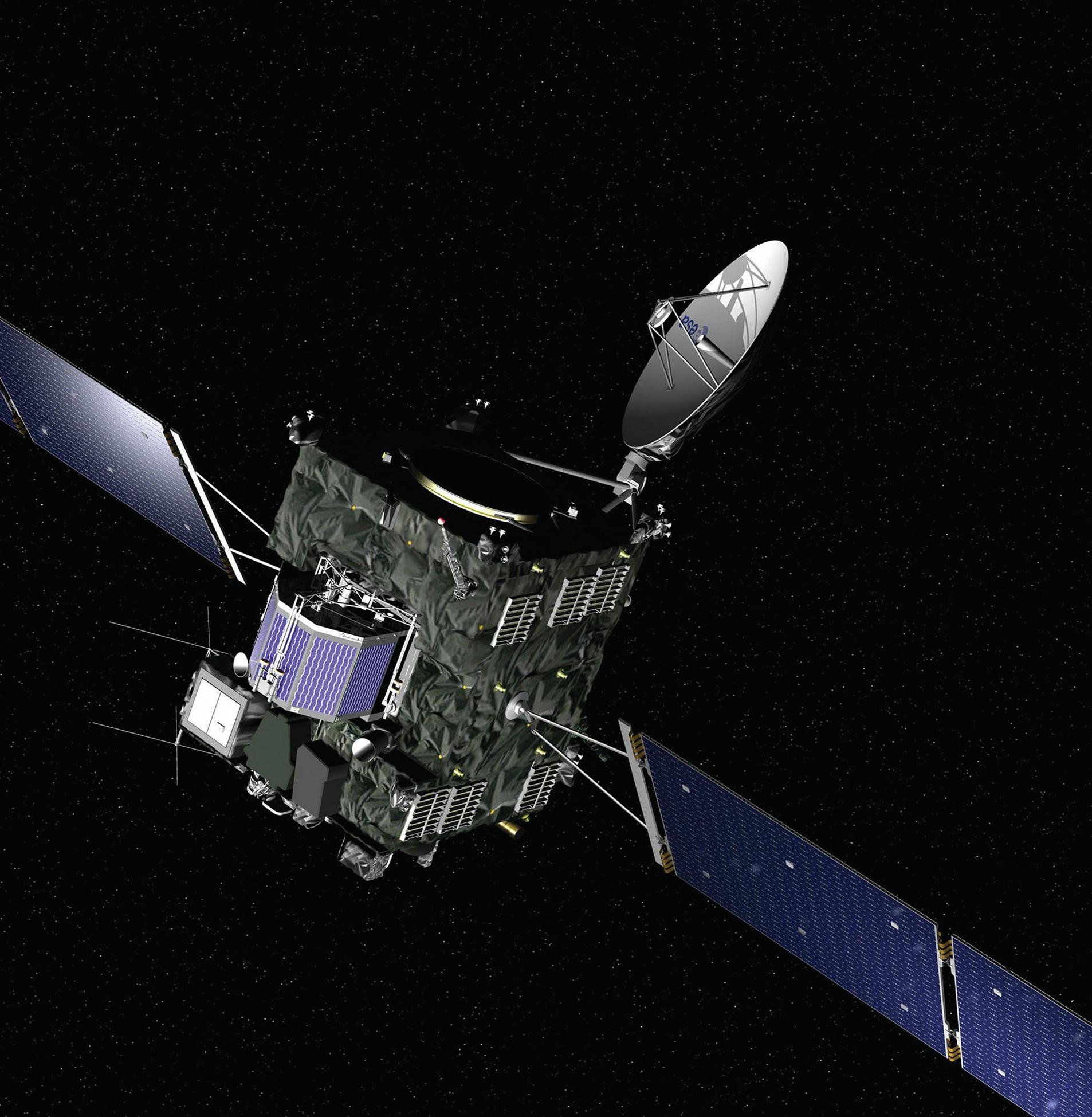
The terms in bold link to topics in the AQA, Edexcel, OCR, WJEC and CCEA A-level specifications, as well as the IB, Pre-U and SQA exam specifications.
Studying comets can provide information about the solar system; ratios of hydrogen isotopes in comets can provide clues to the origin of organic materials and water on Earth. To power its instruments, the Rosetta mission relies entirely on solar panels, whose power output depends on their efficiency and on the intensity of solar radiation, which decreases according to an inverse-square law.
Your organisation does not have access to this article.
Sign up today to give your students the edge they need to achieve their best grades with subject expertise
Subscribe




